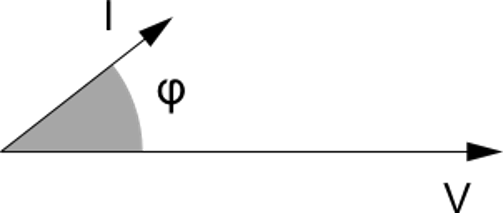
Power Factor (PF) and Cos φ are everyday terms in the electrical industry, and are often used as synonyms.
While this may be correct in certain fields, a distinction must be drawn between the two terms for the purposes of UPS applications.
Cos φ and Power Factor
The active electric power in periodic time-varying systems is defined as

where:
• PF is the Power Factor.
• v(t) is the voltage value at the instant t;
• i(t) is the current value at the instant t:
• Vrms is the effective voltage value;
• Irms is the effective current value;
• T is the period;
{0>{0>If the voltage and current waveforms are both sinusoidal, the PF becomes cos φ, in other words, the cosine of the angle between the voltage and current vectors ({0>) or the phase difference between the sinusoids ({0>).

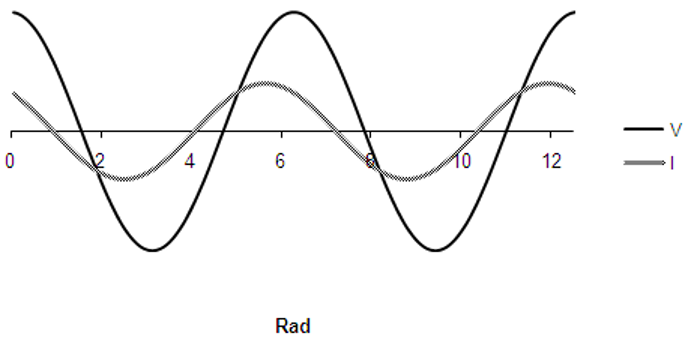
The difference between cos φ and PF is not purely academic. The two examples below illustrate this point.
Case 1 – Voltage and current both sinusoidal

Since in a sinusoidal system the effective value equals the peak value divided by , cos φ and PF coincide.
Case 2 – Non-sinusoidal system
Sinusoidal voltage and square current waveform :
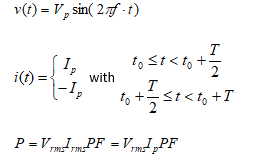
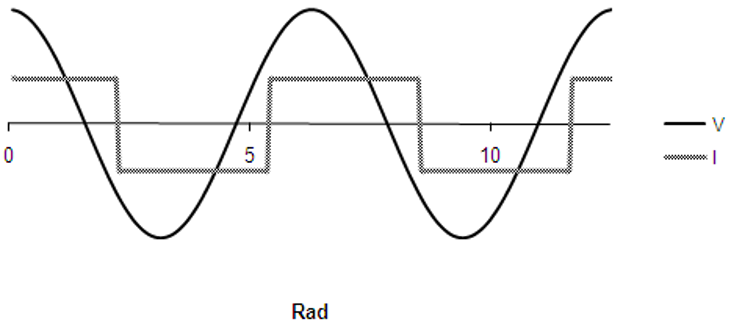
Power theory demonstrates that only harmonics of the same order contribute to the active power. In the case in question, therefore, we must consider only the current harmonic with the same frequency as the voltage. Supposing, therefore, that the voltage frequency coincides with the first current harmonic, according to the theory of harmonics, its effective value is

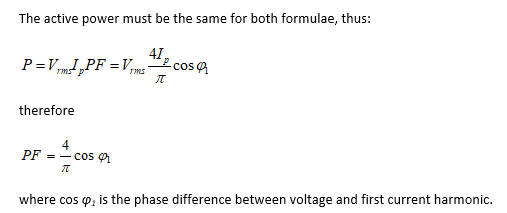
The relationship between PF and cos φ1 varies from waveform to waveform and therefore assumes different values.
It must be emphasised that PF is a number, and although it is common practice to describe it as “capacitive” or “inductive”, this concept should technically be applied to current harmonics of the same order as voltage harmonics.
Conclusions
Although used as such in common parlance, the terms PF and cos φ are not synonymous. They are distinct parameters whose values coincide in a perfectly sinusoidal system. Their values do not coincide in the event of significant harmonic distortion, however, which gives rise to low PF values despite the existence of high cos φ values.
Although it is imperative to draw such distinctions in a scientific discussion of the subject, in everyday practice, no risk derives from treating the two parameters as synonymous.
Tech Info – December 2010
NOTES CONCERNING POWER FACTOR IN UPS APPLICATIONS
by
MATTEO GRANZIERO
Technical Communication Specialist
SOCOMEC UPS

